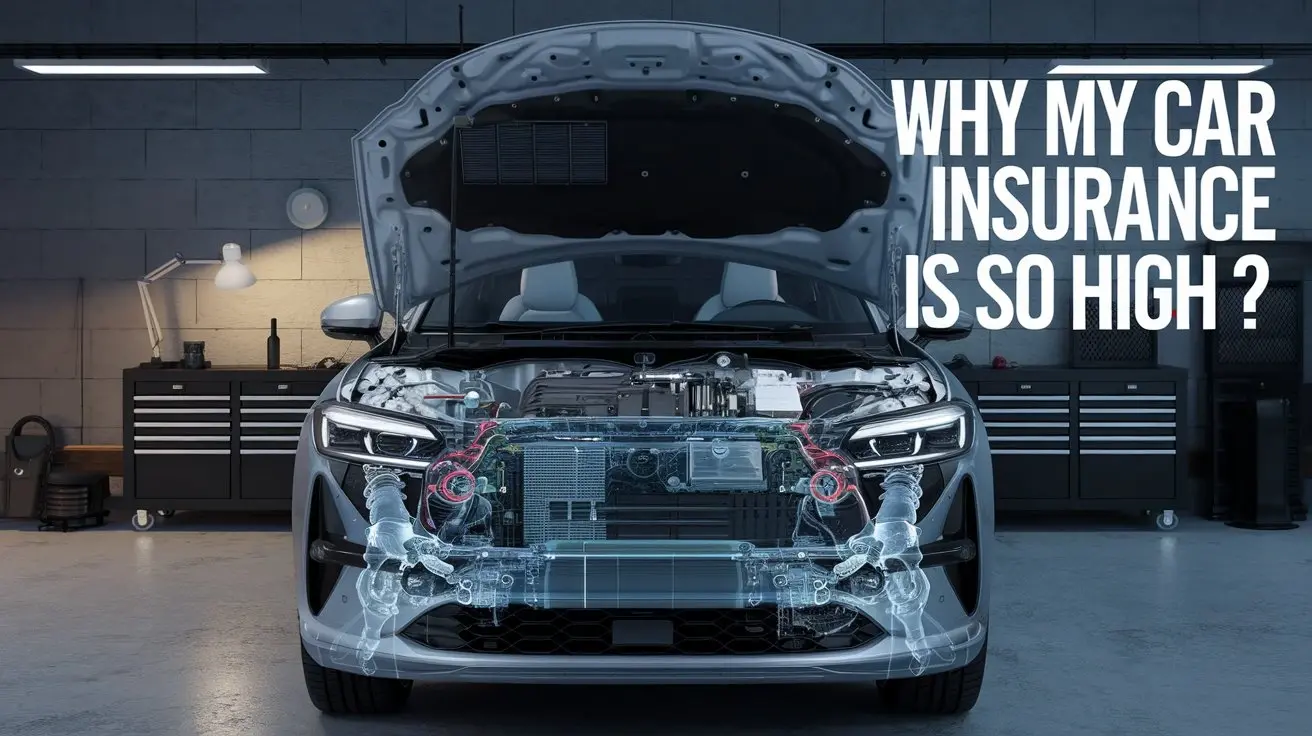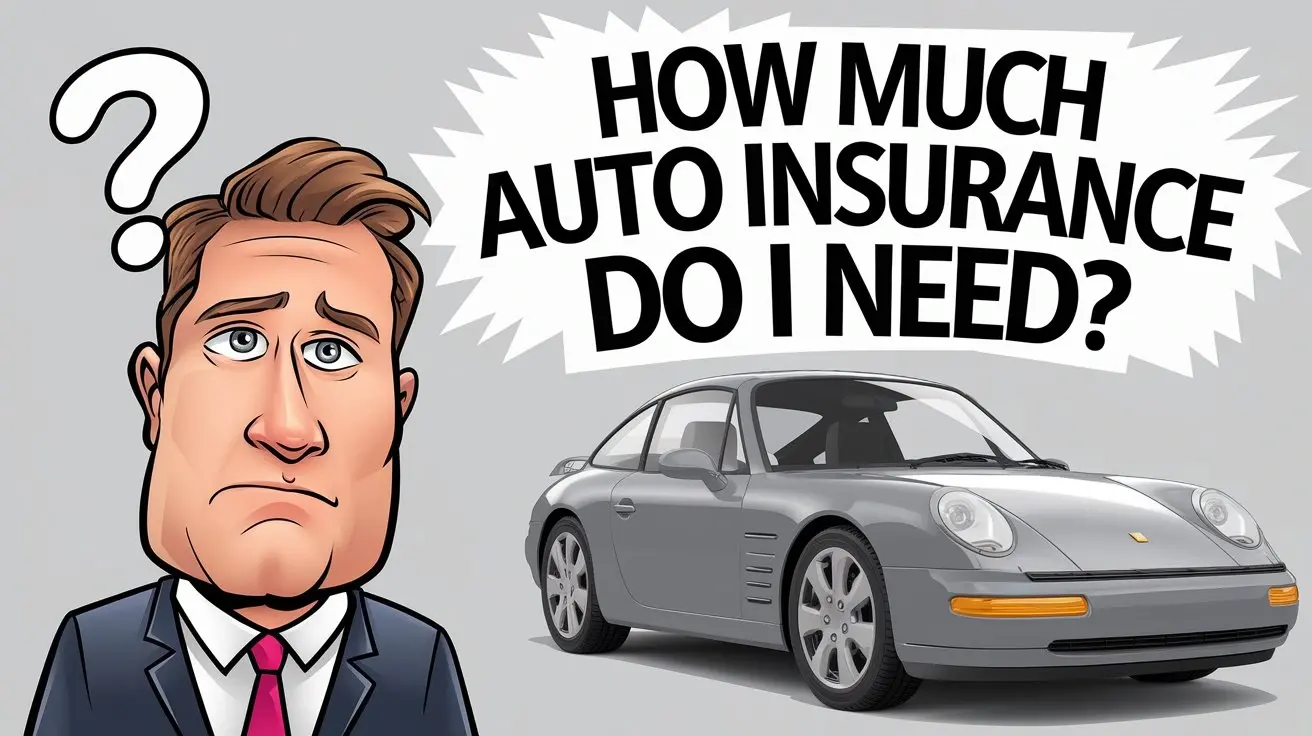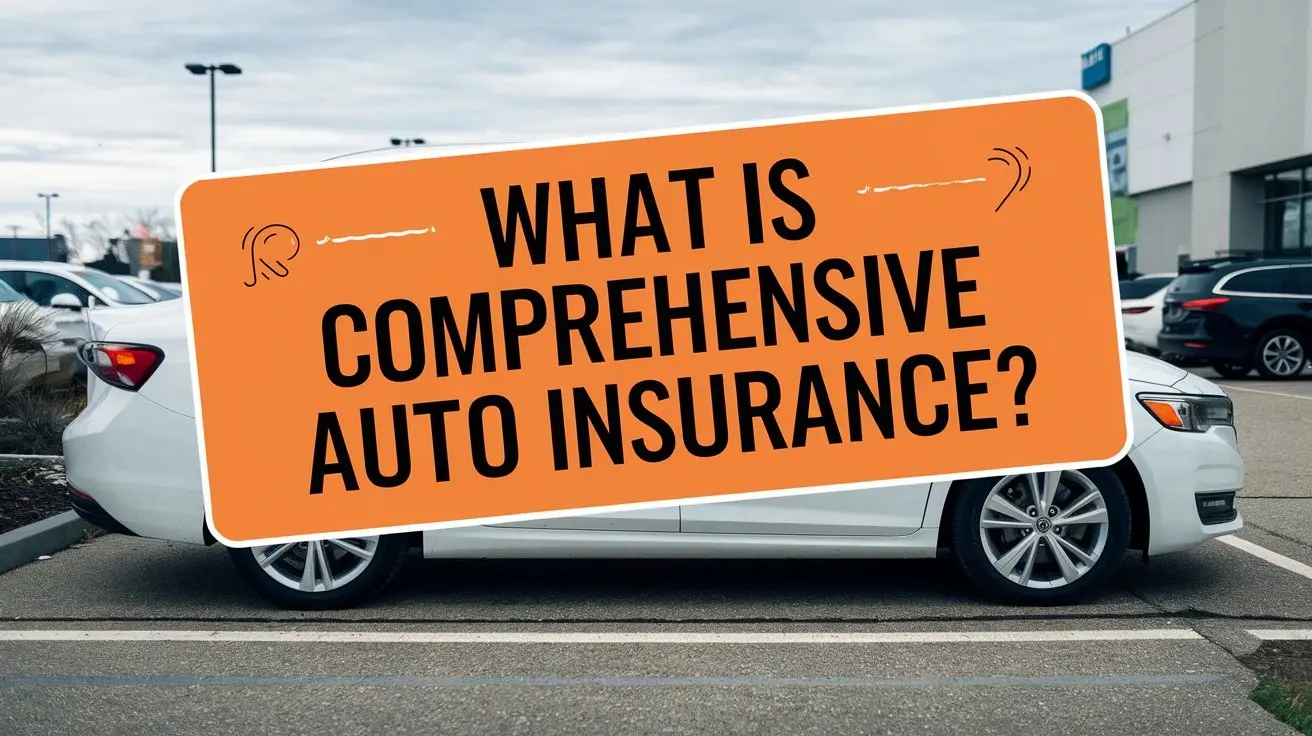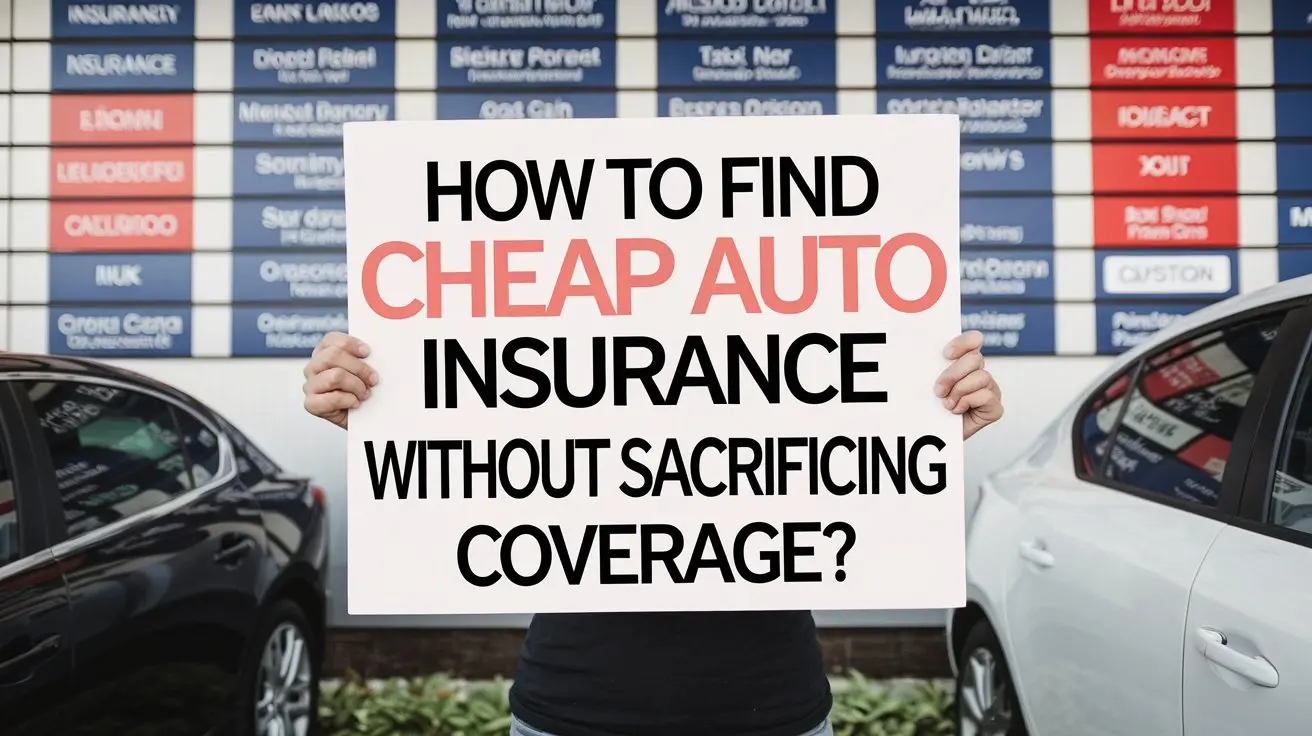25
Apr

Car insurance rates can vary widely based on various factors, many of which are specific to you, your vehicle, and your circumstances. Below are the most common reasons why your car insurance might be high, based on current trends and data, along with some tips to potentially lower your premiums:
Personal Factors
Age and Experience:
Young drivers (under 25) and seniors (over 70) often face higher premiums due to higher accident risks. For example, teen drivers aged 16–19 have a crash rate nearly four times that of drivers 20 and older.
If you're a new driver, insurers may charge more because they lack data to assess your risk. Driving Record:
Traffic violations (e.g., speeding tickets, DUIs) or accidents (even if not at-fault in some states) can significantly increase rates. A single at-fault accident can raise premiums by 42% on average, while a DUI can lead to much higher costs.
The more violations or claims, the riskier you appear, leading to higher premiums for about three years after an incident.Credit Score:
In most states (except California, Hawaii, and Massachusetts), insurers use a credit-based insurance score to predict claim likelihood. Poor credit can result in higher rates, as drivers with lower scores tend to file more claims.
Improving your credit score may lower your premium over time. Gender and Marital Status:
In states where it’s allowed, young male drivers often pay more than young female drivers due to higher accident rates. This gap narrows by age 30.
Married drivers may pay less, as they’re statistically less risky.
Vehicle-Related Factors
Type of Car:
Expensive, high-performance, or luxury cars cost more to insure due to higher repair or replacement costs. For example, smaller cars or hybrids may have higher premiums if they sustain more damage in crashes or have costly tech features.
Vehicles with poor safety ratings or high theft rates (e.g., Honda Accord, Ford pickups) can increase rates. Conversely, cars with strong safety features, like the Subaru Forester, may qualify for discounts. Vehicle Age and Features:
Newer cars with advanced tech (e.g., sensors, cameras) are pricier to repair, raising premiums. A fender bender on a tech-heavy car can cost significantly more than on an older model.
Classic cars may have lower rates with specialized coverage, but standard new cars are generally more expensive to insure.
Location-Based Factors
Where You Live:
Your ZIP code heavily influences rates. Urban areas with high traffic, accidents, theft, or vandalism (e.g., New York, Nevada, Florida) have higher premiums than rural areas. For instance, New York drivers pay $3,374 annually on average for full coverage.
Even within a city, rates can vary. In New York, Staten Island drivers pay $422/month, while Rochester drivers pay $282/month. States with higher minimum coverage requirements (e.g., New York vs. California) may lead to higher baseline costs. Crime and Weather Risks:
Areas with rising crime (e.g., a 7.1% nationwide increase in petty crime) or frequent natural disasters (e.g., hail, floods, hurricanes) see higher rates due to increased claims.
If you’ve moved to a higher-risk area, your rates may have spiked.
Coverage and Policy Choices
Coverage Levels:
Full-coverage policies (including collision and comprehensive) cost more than minimum liability coverage. For example, full coverage averages $2,350/year nationally, while minimum coverage is $644/year.
Higher liability limits or add-ons like roadside assistance, rental reimbursement, or gap insurance increase premiums.Deductible Amount:
A lower deductible (e.g., $250) means higher monthly premiums, as the insurer bears more risk. A higher deductible (e.g., $1,000) can lower your rates but increases out-of-pocket costs if you file a claim.
Lapses in Coverage:
An insurance gap (e.g., due to non-payment or being between cars) can mark you as high-risk, leading to higher rates.
Economic and Market Factors
Inflation and Repair Costs:
Inflation has driven up car and parts prices, with repair costs rising 15% from 2021 to 2022. Newer cars with complex electronics are especially costly to fix.
Labor shortages and mechanic shortages extend repair times (22 days on average vs. 12 days pre-pandemic), increasing rental car costs for insurers. Tariffs and Supply Chain Issues:
Recent and proposed tariffs on imported car parts (e.g., 25% on some parts) are raising repair costs, which insurers pass on through higher premiums.
Post-pandemic supply chain disruptions have made parts scarcer and pricier, contributing to a 33% rate increase from 2021 to 2024. More Claims and Accidents:
Increased accident severity (fatal crashes up 15% from 2020 to 2022) and more claims from natural disasters have led to higher payouts, prompting insurers to raise rates.
Even if you haven’t filed a claim, more claims in your area (e.g., due to weather or traffic) can increase rates. Insurer Losses:
The insurance industry has faced multi-billion-dollar losses, peaking in 2022, due to higher claims and costs. To offset this, premiums rose 24% in 2023 and are projected to rise 7% in 2024.
How to Lower Your Car Insurance Rates?
While some factors are out of your control, here are actionable steps to potentially reduce your premiums:
Shop Around:
Compare quotes from multiple insurers (e.g., State Farm, Progressive, Geico). Rates vary significantly; switching from a high-cost insurer like Farmers ($289/month) to State Farm ($134/month) could cut your bill in half.
Use comparison sites or contact at least three companies for quotes. Increase Your Deductible:
Opt for a higher deductible (e.g., $1,000 instead of $250) to lower monthly premiums, but ensure you can afford the out-of-pocket cost if you file a claim.
Maintain a Clean Driving Record:
Avoid tickets and accidents to keep your risk profile low. Violations typically impact rates for three years, so safe driving can reduce costs over time.
Look for Discounts:
Ask about discounts for safe driving, good grades (for students), bundling policies (e.g., home and auto), military service, or anti-theft/safety features. Going paperless or enrolling in telematics programs (e.g., Progressive’s Snapshot) can also save money.
Young drivers on a family policy or with a B average may qualify for significant savings. Reduce Coverage:
If you drive an older car, consider dropping collision or comprehensive coverage to save money, but weigh the risks.
Ensure you meet state minimum requirements to avoid penalties. Drive Less:
Lower annual mileage (e.g., under 12,000 miles) can reduce rates, as less time on the road means lower risk. Inform your insurer if you’ve cut back on driving.
Improve Your Credit:
Where allowed, work on improving your credit score to lower your insurance score and potentially reduce premiums.
Choose a Cheaper Car:
If you’re buying a new car, get quotes for different models. Safe, affordable vehicles like a Honda Civic or Subaru Outback are often cheaper to insure than luxury or sports cars.
Ask Your Insurer for an Explanation:
If your rates increased at renewal, contact your insurer to understand why. It could be due to personal factors (e.g., age tier change) or external factors (e.g., more local claims).
Why Your Rates Might Have Increased Recently
If you’ve noticed a recent spike, it could be due to:
Personal Changes: A ticket, accident, new driver, or move to a higher-risk area.
Policy Changes: Added coverage, a new car, or loss of a discount (e.g., for continuous coverage).
Market Trends: Inflation, tariffs, and insurer losses have driven rates up across the board. For example, full-coverage rates rose 24% in 2023 to $2,019/year, and another 7% increase is expected in 2024. Regional Factors: More accidents, crime, or weather-related claims in your area.
Next Steps
To get a clearer picture of why your insurance is high:
Review Your Policy: Check your declaration page for coverage details, deductibles, and discounts.
Contact Your Insurer: Ask for a breakdown of your rate and any recent increases.
Compare Quotes: Use sites like Insurify, The Zebra, or contact insurers directly to see if you can find a better deal.
Assess Your Situation: Consider your driving habits, vehicle, and coverage needs to identify cost-saving opportunities.
If you provide more details (e.g., your age, location, car type, driving record, or coverage type), I can tailor this advice further. Would you like to share any specifics or explore a particular aspect (e.g., finding discounts, comparing insurers)?
Call (888) 666-1005 to get the best auto insurance deals and offers now!



